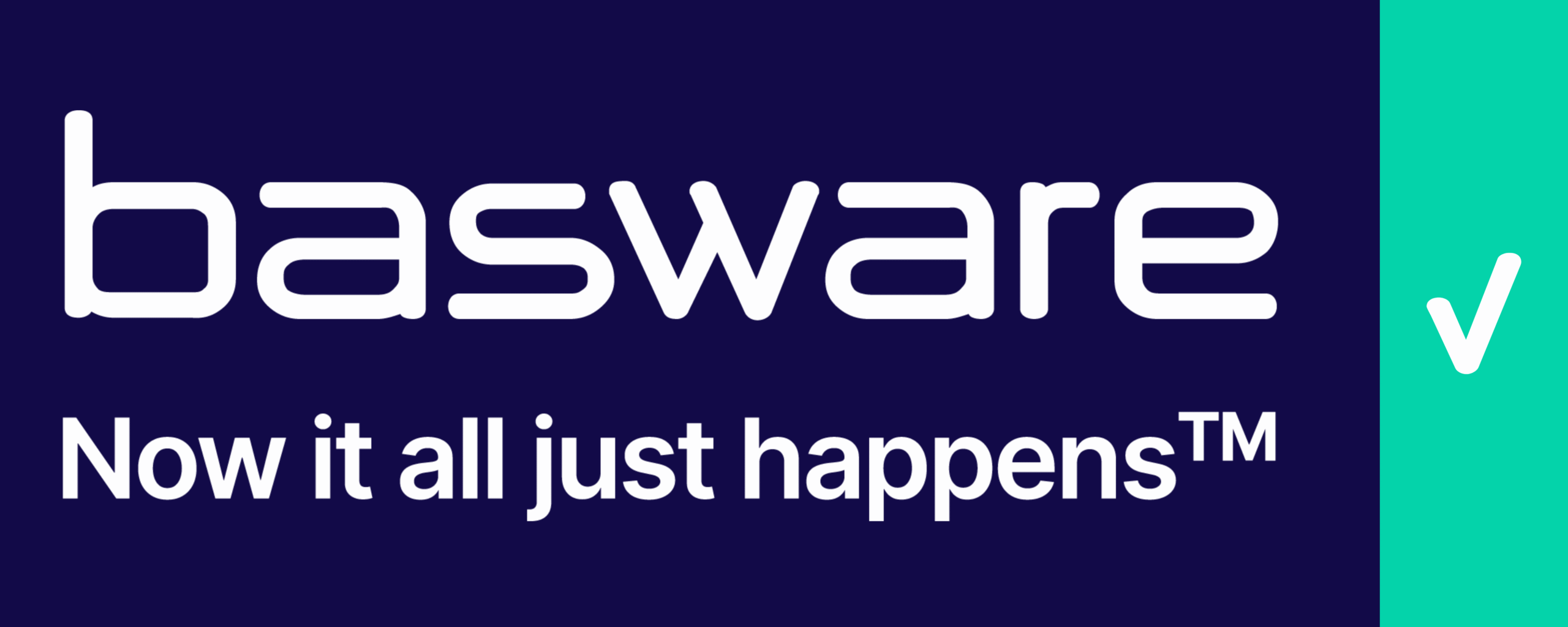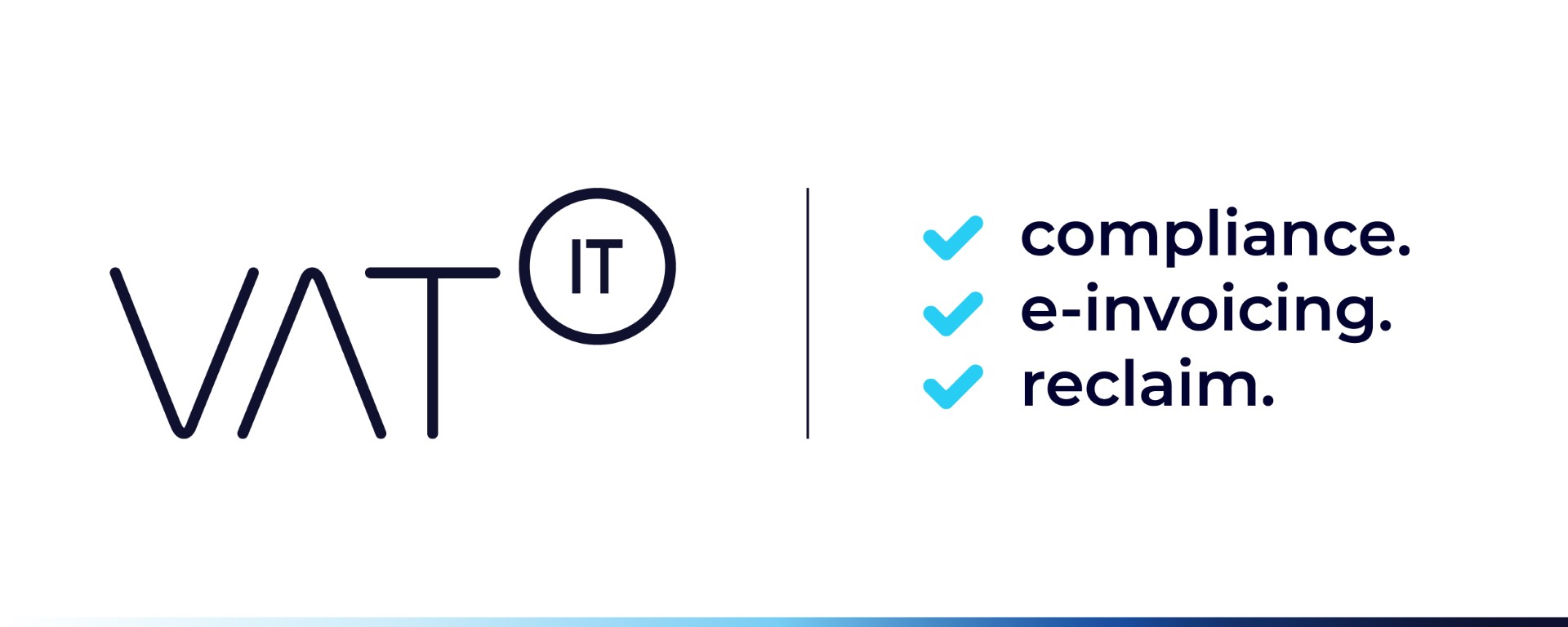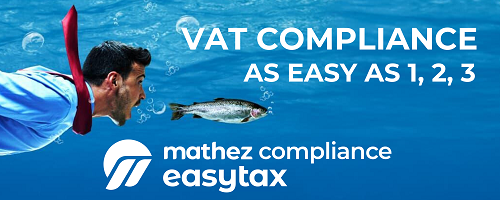- eDavki provides access to VAT records and deductions
- Two views are available: VAT records and submitted VAT records
- Users can view the latest submitted VAT records from July 1, 2025, onwards
- Tax representatives can view records for non-resident taxpayers without a Slovenian VAT ID
- Users can check if records for a period are submitted and view any warnings
- Records can be checked for alignment with VAT returns
- Tax representatives can select represented foreign taxpayers for review
- Users can search by period to check submission status
- If records are not submitted, a note indicates this
- Submitted records show an ID, number of entries, and submission date
- Data is sourced from a backend system, not immediately visible after submission
- XML data can be downloaded for submitted records
- Warnings and discrepancies between VAT returns and records can be reviewed
- Users can view all submitted records by various criteria such as ID, submission period, and status
- Records can be checked for processing status and errors
Source: fu.gov.si
Note that this post was (partially) written with the help of AI. It is always useful to review the original source material, and where needed to obtain (local) advice from a specialist.
Latest Posts in "Slovenia"
- Slovenia Mandates Dedicated Digital Certificate for Fiscal Cash Registers and Receipt Validation
- Slovenia Issues VAT Group Guidance Effective January 2026: Key Rules and Requirements Outlined
- Slovenia Among EU Leaders in VAT Collection Efficiency, Reports European Commission
- Slovenia Achieves One of the Lowest VAT Gaps in the EU, Report Shows
- Slovenia: Joint Liability Risks for VAT Records Non-Compliance from July 2025















